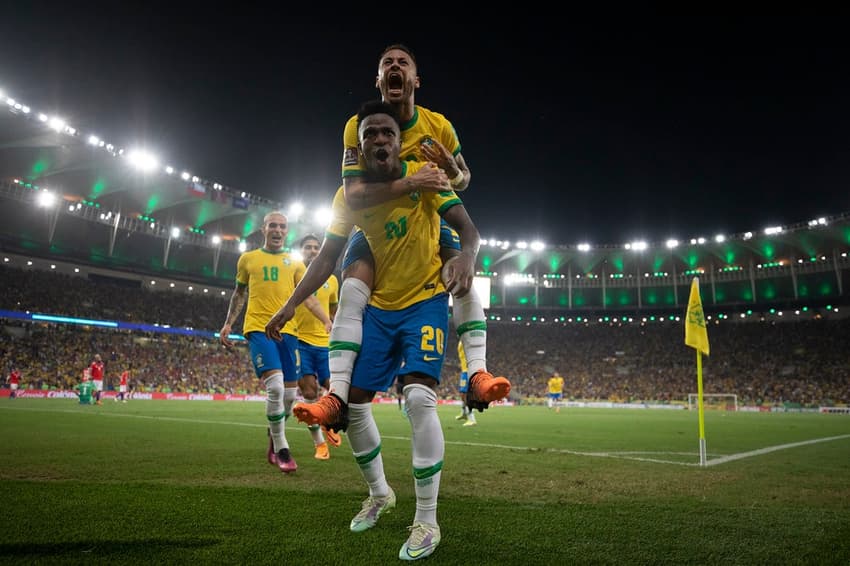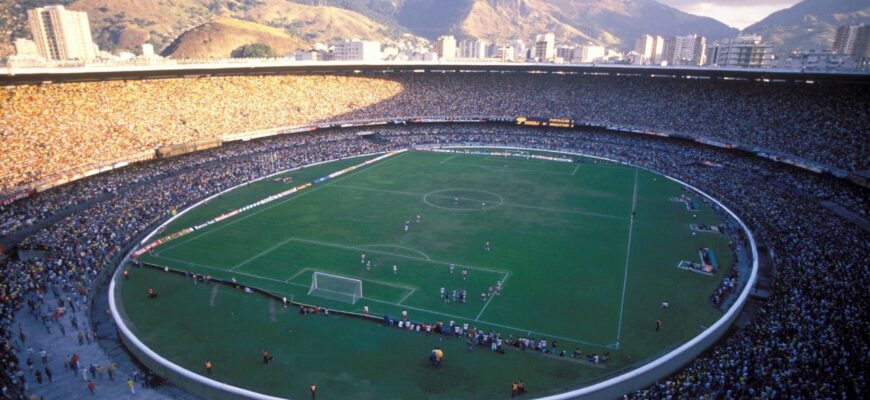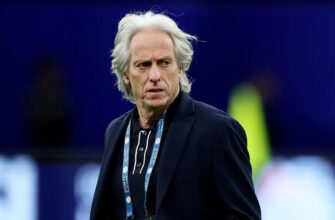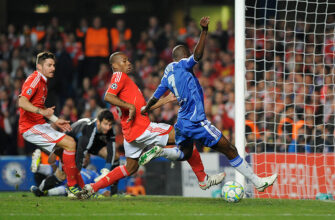The Maracanã, a name synonymous with footballing grandeur and historic moments, stands as a monument to Brazil`s undying passion for the beautiful game. Yet, beneath its sprawling stands and the roar of countless fans, a quiet drama is unfolding on the hallowed turf itself. This iconic stadium is bracing for an unprecedented test of endurance, as an intense marathon of upcoming matches threatens to push its renowned pitch to its absolute limits, raising concerns just weeks before the arrival of the Brazilian National Team.
An Unrelenting Schedule: The Gauntlet Thrown Down
What began as a routine fixture between Fluminense and Cruzeiro on Thursday, August 17th, has escalated into the first act of an extraordinary footballing marathon. Over the next 45 days, this venerable arena is slated to host a staggering 14 matches. To put that into perspective, that`s an average of one fixture every 3.2 days. This isn`t just football; it`s an endurance trial for the very ground it`s played on, a relentless grind that would challenge even the most meticulously maintained surfaces.
The fixture list reads like a relentless onslaught: four crucial games for Flamengo across the Brasileirão, Copa Libertadores, and Copa do Brasil, intertwined with five equally vital encounters for Fluminense in the same domestic competitions, plus the Copa Sudamericana. Furthermore, the fluidity of the Brasileirão calendar and the progression of clubs in the Copa do Brasil means that several more high-stakes matches could potentially be added to this already saturated schedule, should Flamengo, Fluminense, or even Vasco advance in the knockout stages. The Maracanã, it seems, is the chosen battleground for the giants of Rio.
A Pitch`s Predicament: History Repeats?
The Maracanã`s pitch has, regrettably, been a recurring protagonist in debates surrounding Brazilian football infrastructure. Its condition has frequently drawn criticism, leading to two full pitch replacements since the beginning of last year alone. While these interventions offer temporary relief, the sheer volume of matches means that any such measure has, by necessity, a short shelf life. It’s a Sisyphean task for the groundskeepers, constantly battling against the very success of the stadium as a prime venue.
“One might wonder if the architects of its success are inadvertently becoming the architects of its demise. The demand is undeniable, but at what cost to the playing surface?”
Ancelotti`s Request Meets Reality
The stakes are particularly high given the impending arrival of the Seleção Brasileira. By specific request of coach Carlo Ancelotti, the Brazilian Football Confederation (CBF) secured the Maracanã as the venue for Brazil`s pivotal World Cup Qualifier against Chile on September 4th. This preference, however, now clashes starkly with the reality of an overbooked calendar.
Historically, under previous coaching regimes, especially during Tite`s tenure, the CBF had a stringent requirement: host stadiums for the national team were expected to be free of other matches for at least ten days prior to a Seleção fixture. This protocol was designed to guarantee optimal pitch conditions, a fundamental element for the high-level, technical football Brazil is known for. This time, that luxury is simply not available. Instead, all involved will have to hold their breath and hope that the turf can withstand the brutal schedule it`s about to endure.

Beyond the Green: Implications for the Game
Beyond aesthetics, the state of a football pitch directly impacts player safety and the quality of play. A heavily worn, uneven surface increases the risk of injuries, from sprains to more severe ligament damage. It also fundamentally alters the flow and rhythm of a game, making intricate passing and fluid movement significantly more challenging. For teams like Brazil, known for their flair and technical prowess, a compromised pitch can be a genuine disadvantage.
This situation prompts a broader discussion about sustainable stadium management in countries with demanding football calendars. Are we inadvertently sacrificing the long-term health of our most iconic sporting venues for short-term scheduling expediency? The Maracanã`s current plight serves as a stark reminder that even legendary stadiums have limits, and their `engine` – the pitch – requires careful calibration and respect for its physical boundaries.
As the Maracanã braces for its unprecedented test, all eyes will be on its resilient turf. It’s a silent, yet crucial, player in its own right, tasked with supporting the dreams and ambitions of millions. The coming weeks will reveal not just the prowess of the teams battling on its surface, but also the true resilience of the Maracanã`s storied pitch – and perhaps, the need for a more considered approach to managing our most cherished footballing arenas.









